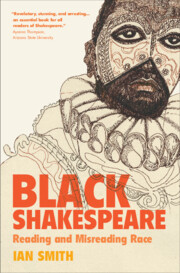How do White members of Black-White interracial families negotiate the
meanings of race, and particularly Whiteness? Inspired
by W. E. B. Du Bois's concept of double consciousness, this
article argues that interracial intimacy is a microlevel political site
where White people can acquire a critical analytical lens that we
conceptualize as racial literacy. This article fills a gap in the
empirical and theoretical literature on race and Whiteness by including
gay, lesbian, and heterosexual families on both sides of the Atlantic.
Drawing on two ethnographic research projects involving one hundred and
twenty-one interracial families in the United Kingdom and the eastern
United States, we provide an analysis of how White people learn to
translate racial codes, decipher racial structures, and manage the racial
climate in their communities. We draw on “racial
consciousness” interviews conducted with one hundred and one
heterosexual families and twenty gay and lesbian families to present seven
portraits that illuminate three dimensions of racial literacy: double
consciousness, negotiation of local racial meanings, and seeing routine
forms of everyday racism.We would like to
thank Kathleen Blee, Maxine Leeds Craig, Charles Gallagher, Caroline
Knowles, Yaba Amgborale Blay, Joan Grassbaugh Forry, Kaila Adia Story, and
two anonymous reviewers at the Du Bois Review for their
insightful comments on earlier drafts of this article. Winddance Twine
also benefited from the comments of the audiences in the Sociology Seminar
series at the City University of London, Cambridge University, and the
University of Manchester. The title of this essay is taken from John
Hartigan, Jr.'s (1997, 1999) provocative notion of a racial gap: a
chasm across which everyday experiences of Whites “on the
ground” map imperfectly onto a cohesive and unifying concept of
Whiteness (Frankenberg 1997).
